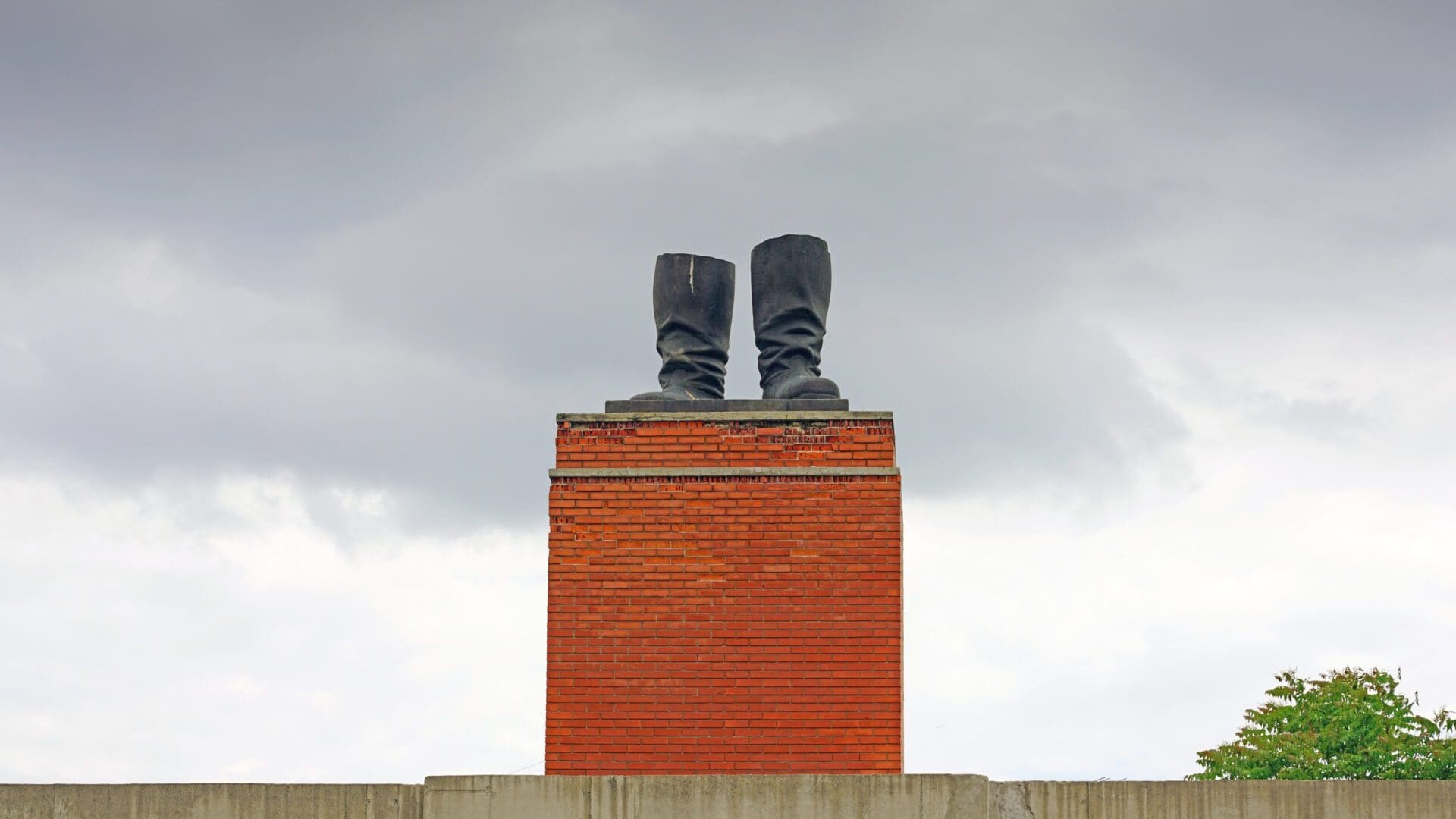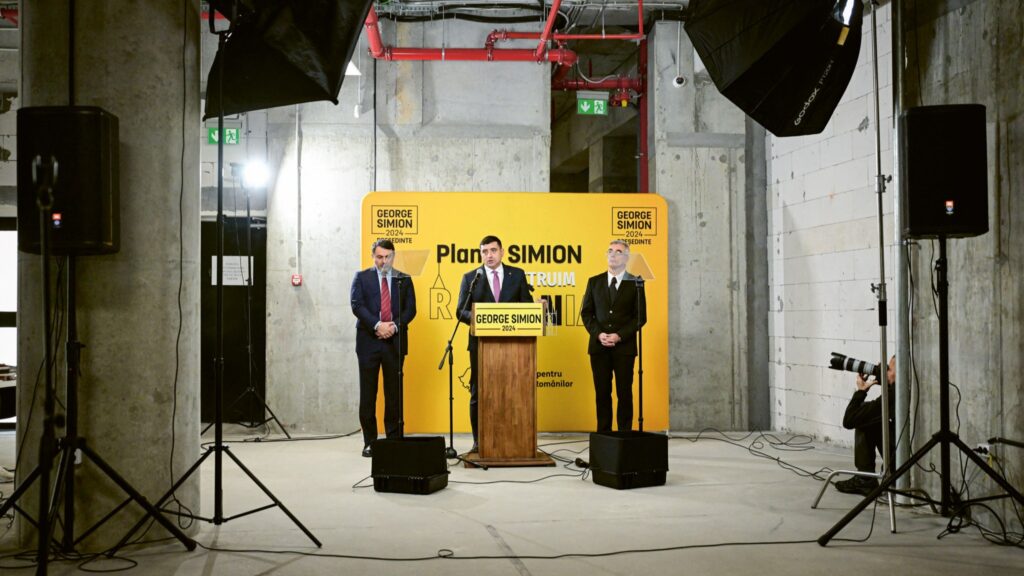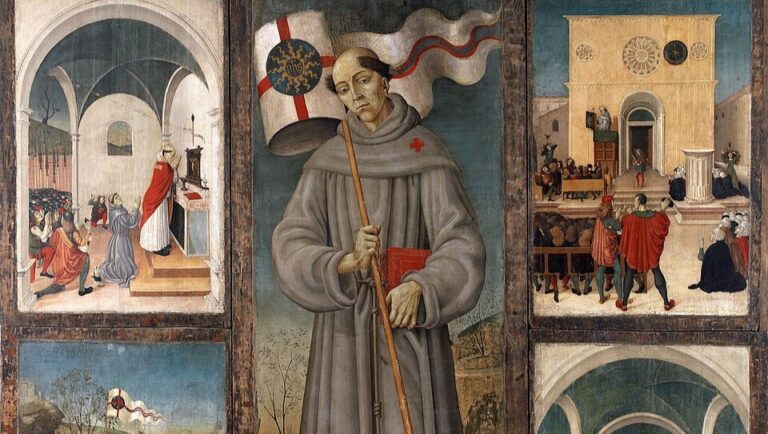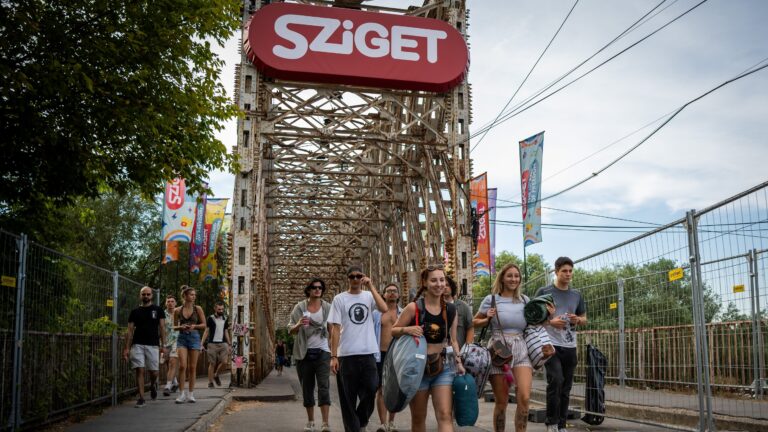The International Day For Monuments and Sites has been marked annually on 18 April since 1983. This year’s theme was Heritage Changes aiming to highlight how the management of heritage buildings can also contribute to the effort to stop climate change. The focus is on the energy efficiency of these old buildings, as well as how traditional knowledge and practices can also help address climate change. In general, the aim of the observance day is to promote the diversity of cultural heritage, the vulnerability of humanity’s legacy, and the need to protect and conserve the monuments and sites our civilisations have produced.
One of the most decorated organisations in Europe that is engaged in the safeguarding of monuments and sites is Europa Nostra. Europa Nostra is an organisation dedicated to cultural and natural heritage protection and maintenance. It not only lobbies for and represents European heritage, but also awards those who did an outstanding job in preserving Europe’s civilisational achievements. Hungary is among the most decorated countries with multiple winners in Europa Nostra award categories. Since 2002, Hungary has won in three categories (Conservation, Research and Education, Training & Skills), altogether receiving 19 awards over the years. In the Education, Training & Skills category in 2020, a programme organised by the Royal Palace of Gödöllő, in the same year a series of workshops undertaken in Budapest, Pécs, Miskolc and Ózd by the Uccu Roma Informal Education Foundation, and in 2014, the project called ‘Passage: From a Rusty City to a New Miskolc’ were awarded. A research project in 2008 at the Somlóvár Park’s conservation plan, and a 2014 study on 93 Transylvanian castle gardens were also recipients of Europa Nostra prizes.
Most of Hungary’s successes, however, are in the conservation category, where it has secured 14 awards since 2002.
The following sites were selected winners in the conversation category: The Budapest Museum of Fine Arts (2020), the Liszt Academy of Music in Budapest (2015), the Festetics Palace (2013), the Mátra Museum in Gyöngyös (2009), the New York Palace & Cafe in Budapest (2006), Terminal 1 in Ferihegy Airport (2006), the Urania National Film Theatre in Budapest (2005), the Presbyterian Church in Gyügye (2004), the Synagogue in Mád (2004), the Barabás Villa in Budapest (2003), Kárász Street and Klauzál Square in Szeged (2003), the Metropolitan Szabó Ervin Library in Budapest (2002), the Millennium Exhibition and Event Centre in Budapest (2002), and the Kodály Körönd Façade in Budapest (2002).
Since Europa Nostra is also involved in raising awareness about the endangered heritage sites of Europe, in 2013, the 7 Most Endangered Programme was launched (in partnership with the European Investment Bank Institute) to highlight those that need extra care and attention. Prior to this year, no Hungarian sites were selected to be among the seven most endangered. However, in 2023, two Hungarian landmarks were shortlisted, one of which was actually selected to be one of Europe’s seven most endangered sites. The Memento Park is now the first location in Hungary to be included in the seven most endangered sites in Europe; while the Herman Ottó Museum in Miskolc was shortlisted.
The Memento Park is a sculpture park in Budapest’s 22nd district where the most prominent Cold War-era statues of Hungary are on display.
The aim of the artistic and educational project is to showcase the statues, once located in the streets and public parks of communist Hungary, and to remind us of the past, but also remove them from their once-dignified places in the centre of attention from large Hungarian city centres into the faraway outskirts of Budapest. 41 statues that used to symbolise Hungary’s ideological commitment to communism were placed in the park in 1993.
The remarkable educational value of Memento Park is given by its profoundly democratic nature, which is a call for discourse and remembrance, while simultaneously reminding visitors of the country’s dictatorial past. However, the sculpture garden has not been receiving state financial assistance ever since it opened. It is operated and maintained by a business, as well as by some public support. The low funding available made conservation and much-needed maintenance difficult. As a 7 Most Endangered site, more awareness and financial support will be channelled to Memento Park to save it as an educational and artistic project for Hungary’s youth. Thanks to the generous support of the EIB Heritage Grant, each of the seven selected sites is eligible for a grant of €10,000 to assist in implementing pre-approved initiatives that will contribute to saving them.
The Herman Ottó Museum in Miskolc, the other shortlisted Hungarian heritage site, is located in a Renaissance building.
The house hosted a Reformed Church School from 1560 to 1902, and was renovated multiple times over the centuries, including in the 19th century, when Neoclassical elements were incorporated into the building, and the city’s museum was also moved in there. In the Horthy era, the building functioned as a museum, a library, as well as a municipality building. It became a major hub for the intellectual discourse of the time. The building’s old beauty shines through its decay—seriously damaged by the passage of time, the building now suffers from water ingress that has damaged walls and windows. Albeit it was not selected to be put on the list, the Museum’s nomination for Europa Nostra’s 7 Most Endangered served its purpose of raising awareness of the building’s ill state and advocating for its green transformation so that the museum can meet the energy standards of the day.
While the above-outlined Hungarian heritage sites were at the focus of international attention due to their being nominated for Europa Nostra, there are a number of other Hungarian projects that are of outstanding importance and yet have not attracted international attention yet. As we reported in an earlier article, the renovation of the Wenckheim Palace in Szabadkígyós, Békés County, Southeast Hungary was a major conservation project that also deserves awareness. The neo-renaissance palace was built by Miklós Ybl in the 19th century. Following the instructions of Countess Krisztina Wenckheim, nothing is featured more than once in the palace, yet the architecture adds up to a harmonic unity. Bowing to the demands of the Countess, the palace has as many windows as the number of days in a year, as many rooms as the number of weeks, and as many gates as the number of seasons in a year. Among other venues, the palace also has its own hangar, as the Wenckheims were the first Hungarian aristocrats to own an aircraft. The thorough renovation of the fairy-tale-like palace was announced in 2019, and was finished after three years of hard work just over a year ago.
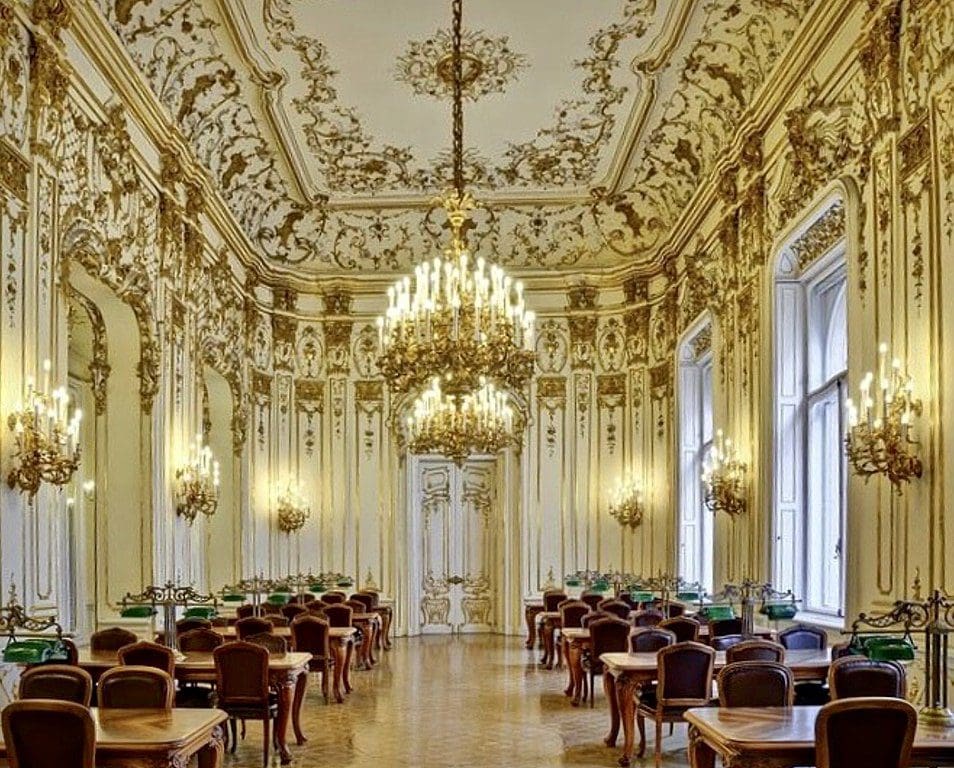
Another recently renovated but lesser-known Hungarian building is the Széchenyi mansion in Nagycenk. It was built in Baroque style for the Széchenyi family, who took ownership of the estate in 1678. Today, the museum within the mansion is mostly dedicated to its most famous resident, István Széchenyi, who is also known as ‘the Greatest Hungarian’. The modernisation and renovation of the mansion were finalised late last year. As part of the renovation, a conference venue, an interactive exhibition, and other facilities (e.g., a gift shop) were created in the building to meet modern standards and facilitate tourism.
The reconstruction of both the Szabadkígyós palace and the Nagycenk mansion was completed thanks to the National Castle and Palace Programme. As part of the national programme, 18 palaces and 12 castles were renovated in Hungary. Today, on the International Day for Monuments and Sites, other than appreciating the beauty of our national heritage, we also honour those projects that are enabling the conservation of our old and charming built environment.

